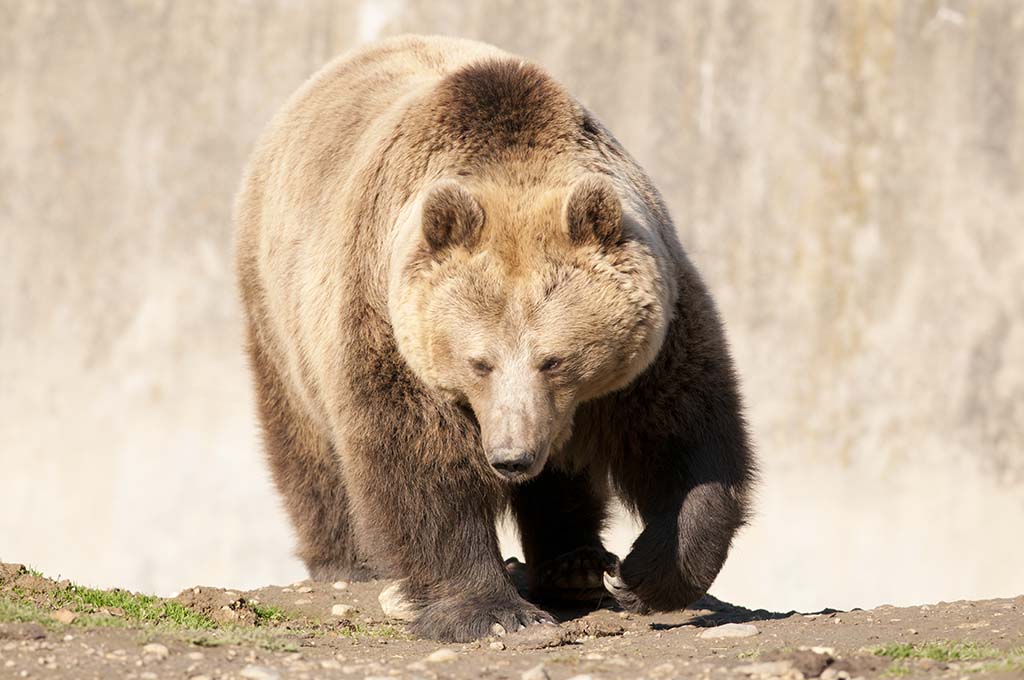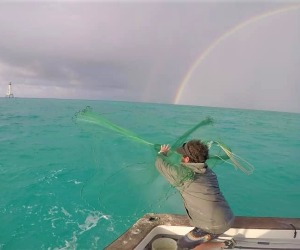Alaska Department of Fish and Game officials shot and killed two big brown bears in Kodiak this week. The two bears had been rummaging in neighborhood dumpsters when they should have been hibernating. Officials had been monitoring the two bears for several weeks and had decided they had to be killed because they were habituated to eating human food and were a danger to public safety.
The first bear, which was estimated to be 5 or 6 years old and stood about 8.5 feet tall with an estimated weigh between 600 and 700 pounds, was killed on Sunday.
The second bear, which was estimated to be 15 years and stood more than 10 feet tall with an estimated weigh 1,200 pounds, was killed on Sunday.
“It was one of the biggest bears we’ve ever seen on the road system,”Fish and Game biologist Nate Svoboda told the Kodiak Daily Mirror, While deciding to kill a bear is never easy, Svoboda said it’s “fairly common and its seems like every year we deal with this issue both in the spring and in the fall."
The Brown Bear, is divided into two subspecies in North America—Ursus arctos horribilis, the grizzly, and Ursus arctos middendorffi, the Alaska brown bear or Kodiak bear. . Kodiak bears are found along the Alaska coast. Larger than their inland cousin, they subside on a heavy fish diet, compared to the omnivore grizzly that gets by primarily on plants and scavenged carcasses. Grizzlies are far more widespread, ranging across inland Alaska, through the Canadian West, and down into Idaho and Montana. There is an isolated pocket of grizzlies in Wyoming around Yellowstone, where they were reintroduced after near extinction in the Lower 48.
The paw of the larger bear measured over 8 inches across as seen in the photo above.
PC: ALASKA DEPARTMENT OF FISH AND GAME









